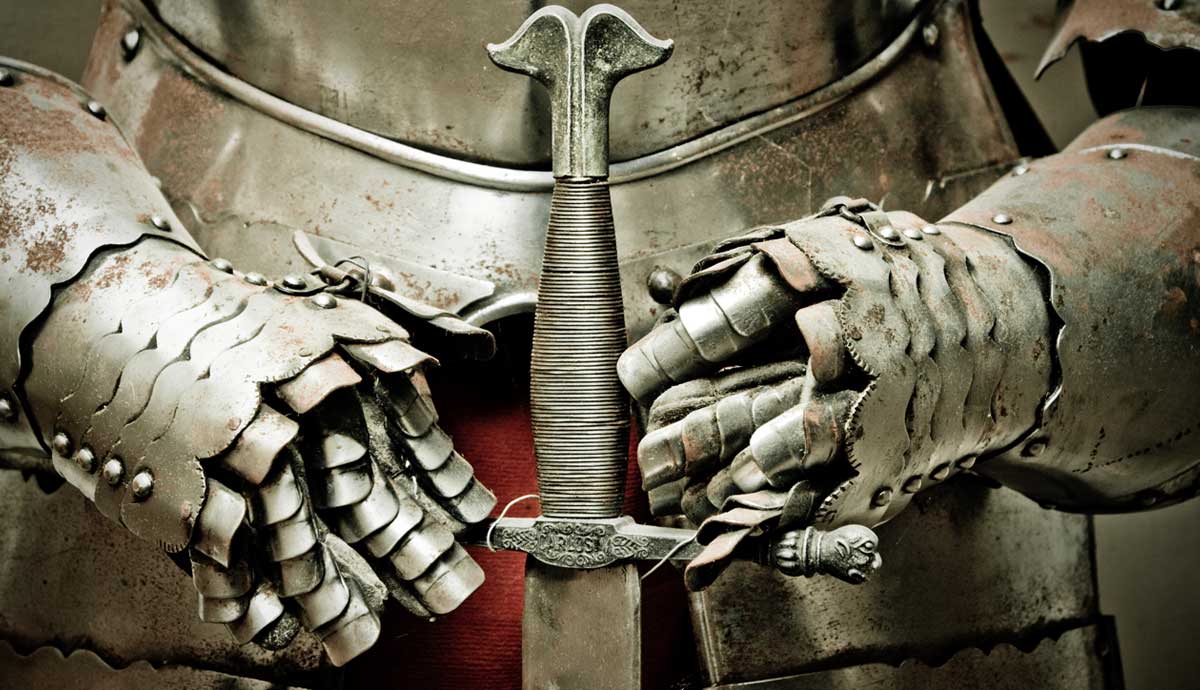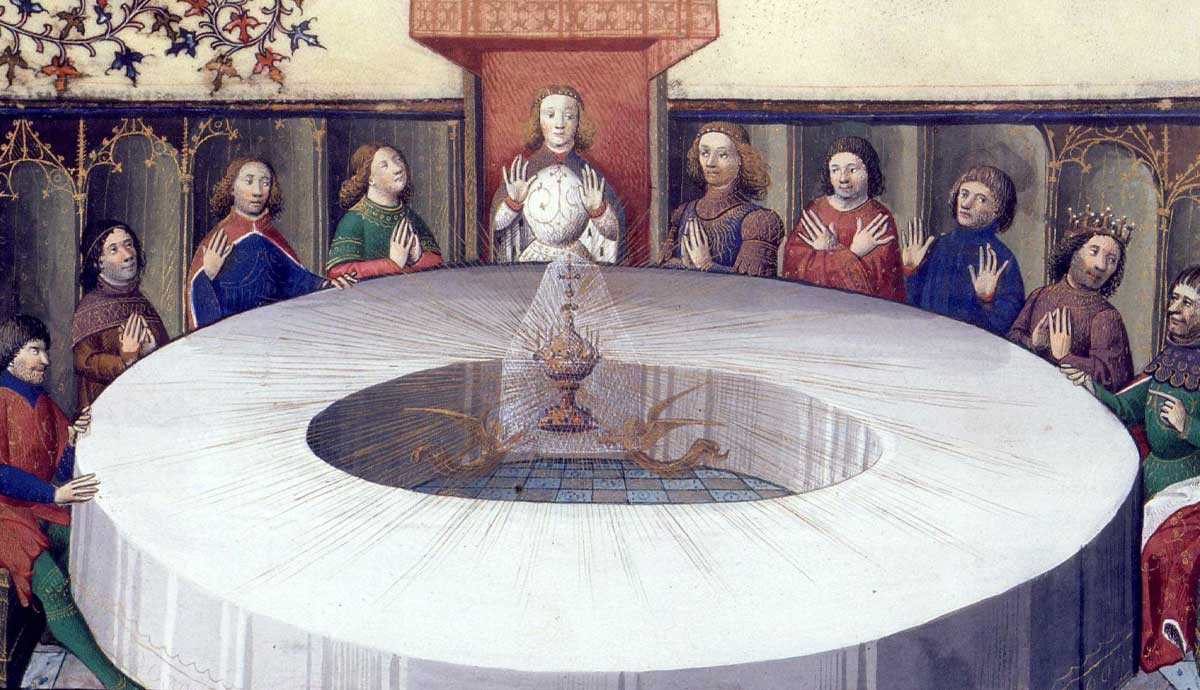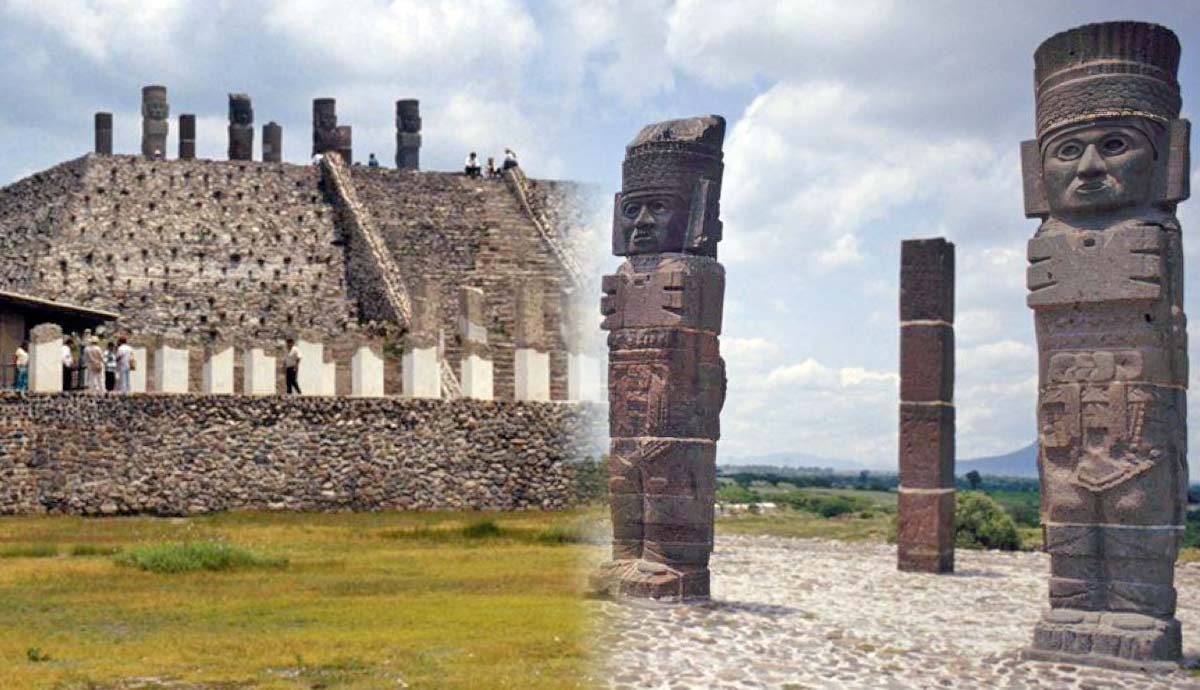
The Islamic Golden Age, spanning the 8th to the 14th centuries, was a rare historical period where developments in arts, culture and science coalesced, leading to a series of seismic academic breakthroughs. Islamic scholars advanced older knowledge or created their own intellectual or cultural accomplishments. This foundation laid the groundwork for the Renaissance.
What Contributed to the Islamic Golden Age?

The Islamic Golden Age began with the rise of Islam starting in the 7th century. The Prophet founded Islam after receiving divine revelations. Islam, now spread by trade or war, offered a clear one-God religious message (Tawheed). With this message came madrasas (Islamic schools), which preserved ancient knowledge from Greek, Roman, Persian or Indian sources. As Islam spread from India to Europe, the schools began their intellectual rise.
The Abbasid Caliphate, established in 750 CE, provided patronage that helped power the Golden Age. Within the walls of the Caliphate’s capital, Baghdad, the House of Wisdom was founded.
The House became a central hub for translation, learning, and advancements. In other Arabic cities like Cordoba or Cairo, astounding advances in math, astronomy, medicine, and chemistry occurred. Places like the House were sometimes the only locations where older knowledge was preserved.
Which Ancient Knowledge Did Arab Scholars Improve?

The knowledge at the scholar’s fingertips was vast. Ibn Sina, or Avicenna to the West. He wrote the Canon of Medicine, which, in time, became a standard text across the Middle East and the West. Next, Islamic scholars improved and enhanced Indian astronomy. Researchers like Al-Fazari and Ibn Tariq used translated texts to polish Indian astronomical knowledge, especially in astronomical tables.
These same learned men also fused Indian, Persian, and Greek astronomy sources into comprehensive yet practical knowledge. This collaboration led to the astrolabe. Users calculated the sun’s position, stars, and even time. Navigators used the astrolabe to determine their latitude by measuring the sun or stars’ height against the horizon.
A little-known but historically critical turning point was paper- the Islamic Golden Age’s improved paper production. Before this, slow, intensive Chinese and Central Asian methods made paper expensive. Around the start of the Golden Age, the use of linen rags and water-powered mills sped up production.
What Unique Achievements Did the Islamic Golden Age Produce?

While Islamic intellectuals preserved and refined previous civilizations’ knowledge, their accomplishments also turned history’s wheel. The mathematician Al-Khwarizmi developed algebra (Arabic: al-jabr) into a separate field. Specifically, Al-Khwarizmi developed a methodical approach to solving linear and quadratic equations.
The Islamic Golden Age created a climate of engineering pioneers. Unique inventions that still are used or looked at for inspiration. A key device was the crankshaft from scholar Al-Jazari. This part’s uses range from agricultural industrial to modern devices. For example, a crankshaft exists in every automobile produced, which is remarkable for something invented centuries ago.
Al-Jazari used his talents to create the elephant clock, a water clock shaped like an elephant (an important symbol in Islam.) The Islamic scholars created the first robots called “automata.” A famous example was the hand-washing automaton. This provided the water, then towels to dry one’s hands.
Where Was Knowledge Spread?

The Islamic Golden Age emerged during a time when communication became easier. Though great swaths of Europe still lay in the Dark Ages, trade and ideas continued. Aided by the Silk Road and passed via Constantinople (Byzantine Empire), the incredible advancements of Islamic scholars slowly began to spread.
As time went on, contact between East and West grew, especially during the Crusades. Religious wars, though they were two separate cultures, did cause interaction and influence each other. Scholars could now produce tomes cheaply. Paper replaced costly vellum after the 8th century, unless for religious or high-quality works.
History’s pivot during the Islamic Golden Age can be credited to Islam’s quick ascension. Muslim armies conquered huge areas, but only a few places were reconquered. With calm returning, ideas were absorbed. Islam facilitated changes, too, as more conversions occurred over time. Diplomacy efforts yielded trade treaties and alliances, creating greater opportunities to interact. Making money is always essential, and trade, like the Silk Road, made trade agreements necessary.
How Crucial Was This Turning Point?

The Islamic Golden Age happened during a period with few bright spots. With the Classical Empires of Rome and Persia gone, dangerous pressure points remained (Vikings, barbarians, later the Mongols), so any accumulated knowledge could’ve been lost. Yet with, Islam’s swift expansion facilitated learning. The ancient wisdom, translated from all sources, became their base, bridging gaps between East and West. The Golden Age’s preservation and innovation would be picked up by Europe’s Renaissance and later in modern times.











